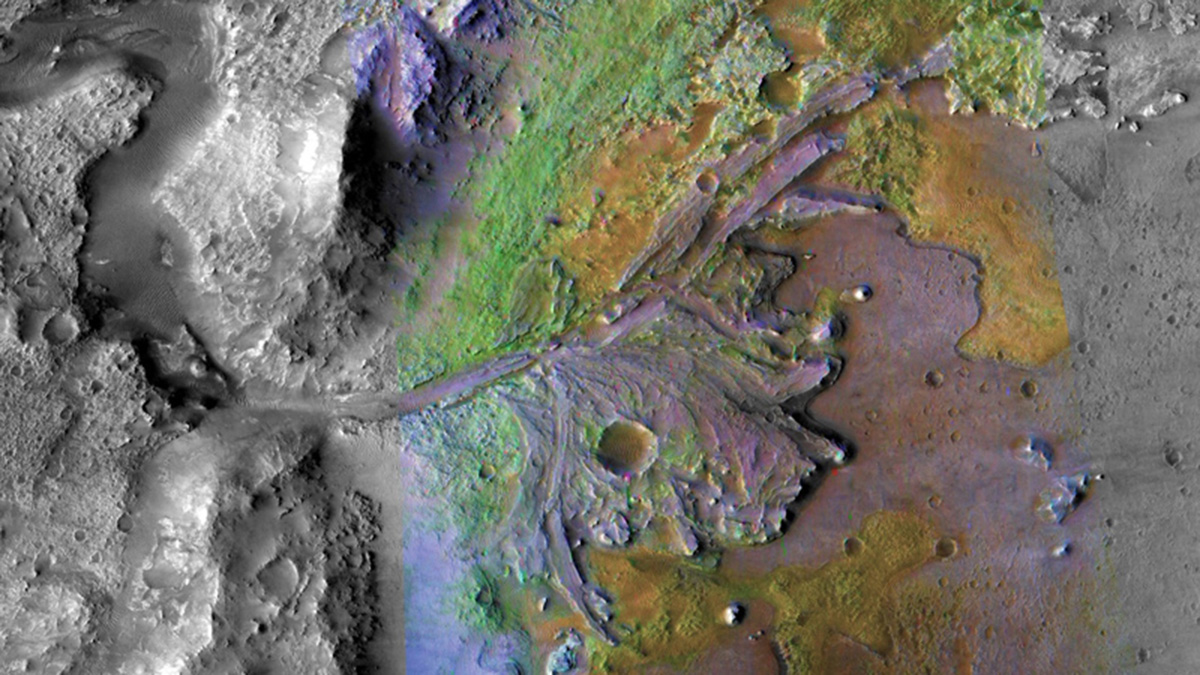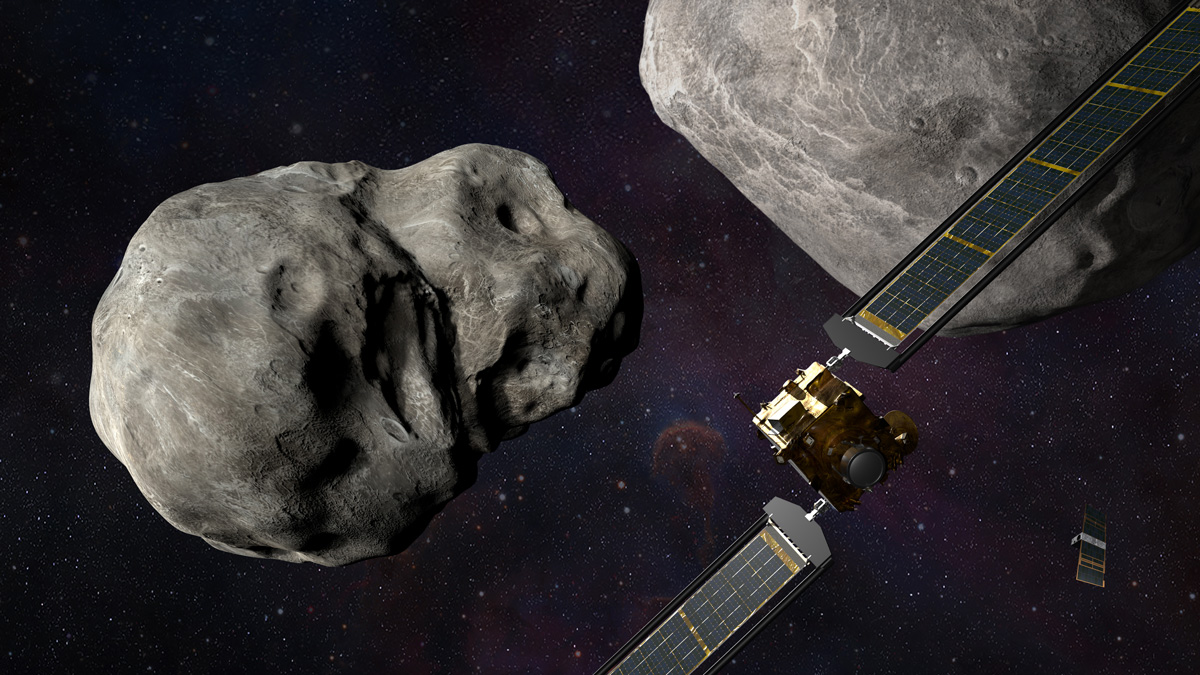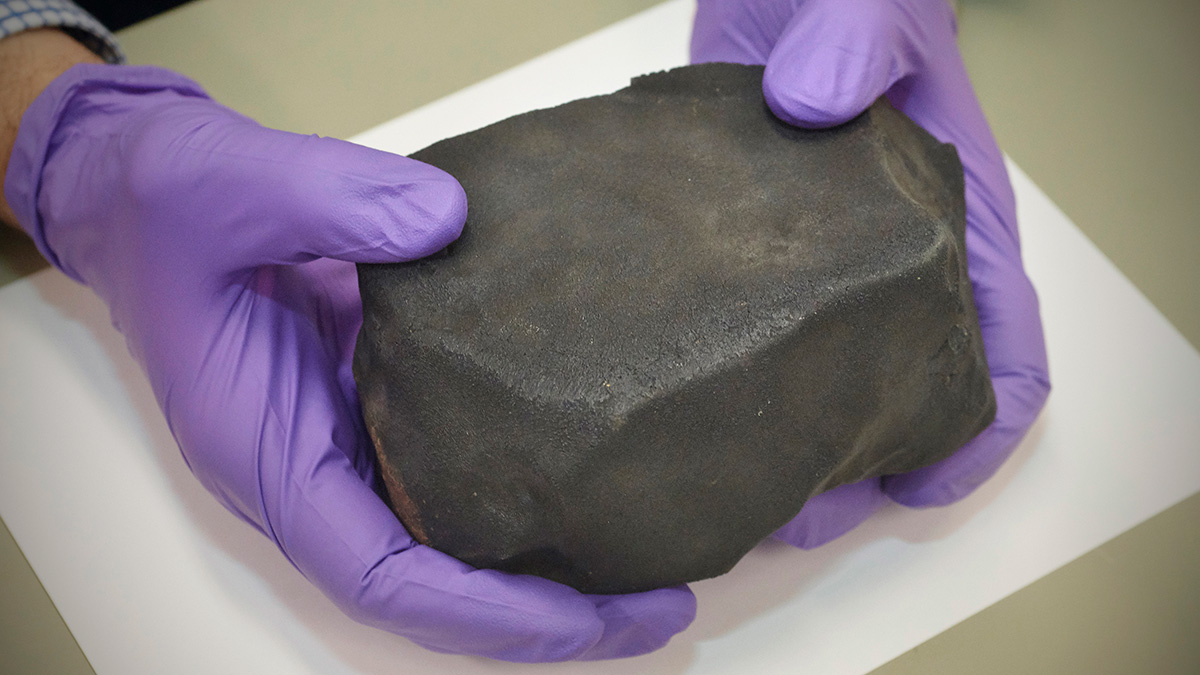The recently launched ‘Psyche’ mission will explore the eponymous asteroid and determine whether it is a fragment of a planetary core or a primordial, metal-rich body.
asteroids
Getting Psyched Up for an Asteroid Mission
The first mission to a metallic asteroid, scheduled for launch on 5 October, could provide clues to the formation of Earth and the solar system’s other inner planets.
There and Back Again: Asteroid Samples Return to Earth
OSIRIS-REx will help reveal Bennu’s detailed carbon chemistry and history of space weathering and unlock a key piece of the solar system’s early history.
Tiny Martian Moon May Be a Chip Off the Old Block
A close approach to Deimos reveals that its surface does not look like that of an asteroid, hinting at a Martian origin.
Asteroid Impacts Could Have Warmed Ancient Mars
Hydrogen released during large impacts might have boosted Mars’s surface temperature above freezing for thousands or even millions of years, enabling liquid water to flow over the Red Planet.
Mercury Isn’t Alone in Orbit, and Scientists Don’t Know Why
A cloud of dust traces the innermost planet’s orbital path. By all accounts, it shouldn’t be there.
NASA’s Double Asteroid Redirection Test Is a Smashing Success
The mission, focused on the Didymos-Dimorphos binary asteroid system, proved that an asteroid’s orbit can be altered by kinetic impactor technology.
A Really Big (Global) Splash at Chicxulub
What caused a tsunami 30,000 times more powerful than the December 26, 2004 Indian Ocean tsunami? A new modeling study says this was one of the results from the Cretaceous Chicxulub asteroid impact.
Tiny “Pancakes” Suggest Some Asteroids May Stay Active
Analysis of a meteorite that fell in Costa Rica shows that its parent body may resemble the asteroid Bennu.
Impact Crater off the African Coast May Be Linked to Chicxulub
The underwater crater, spotted serendipitously in commercial observations of seafloor sediments, is believed to have formed at roughly the same time as the famous Cretaceous-Paleogene impact event.










